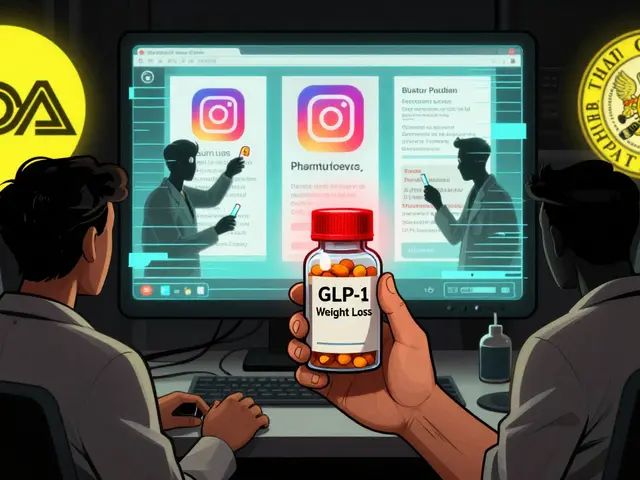Bacterial infections: what to watch for and how to treat them safely
Bacterial infections range from a sore throat to a serious lung or bloodstream infection. Some are mild and clear up fast with the right antibiotic, while others need urgent care. This page gives clear, practical pointers: how to spot bacterial infections, when to see a clinician, safe antibiotic use, and where to get reliable meds if you need them.
Spot signs and act fast
Watch for these red flags: high fever, new or worsening pain, swelling, pus from a wound, cloudy urine, severe sore throat with fever and swollen glands, or breathing trouble. A simple runny nose or mild cough without fever is often viral, not bacterial. If symptoms are severe or get worse over 48–72 hours, call your doctor or urgent care.
Tests matter. Throat swabs, urine tests, blood work, or wound cultures help identify the bacteria and the best antibiotic. That cuts guesswork and lowers the chance of resistance. If your clinician prescribes an antibiotic, ask why, how long to take it, and what side effects to expect.
Use antibiotics the right way
Take antibiotics exactly as prescribed. Stopping early can let bacteria survive and come back stronger. Don’t pressure a clinician for antibiotics if they say you don’t need them; using antibiotics for viruses won’t help and can cause harm. Keep a list of medicines and allergies handy so your provider can avoid dangerous combinations.
Watch for common side effects like nausea, diarrhea, or a rash. Some drugs need to be taken with food, others on an empty stomach. Rifampin, for example, can upset the stomach and may change urine or tear color; if you read about rifampin and stomach issues, follow the advice your clinician gives and report severe GI symptoms. Always ask about interactions — some antibiotics affect other meds you take.
If you get a reaction like a widespread rash, breathing difficulty, or severe diarrhea, stop the medication and seek immediate care.
Wound care and hygiene help prevent infections. Wash hands, keep cuts clean and covered, and avoid sharing personal items. For urinary or sexual health, drink water, empty your bladder regularly, and use condoms to lower risk of some infections. Vaccines also prevent bacterial disease where available, such as diphtheria, tetanus, and certain pneumonias.
Buying meds online? Use trusted sources only. We review pharmacies and guides on how to buy medicines safely—check for verified credentials, secure payment, clear contact info, and a real pharmacist you can reach. If a deal looks too good or a site won’t ask basic medical questions, walk away.
Have questions about a diagnosis or prescription? Ask for plain answers: what bug are you treating, why this antibiotic, how long, and what to watch for. Clear instructions reduce mistakes and speed recovery. If you think an infection is getting worse or medicine isn't helping, go back to your clinician — don’t self-manage a serious infection.
For more detailed reads, check our related posts on rifampin side effects, buying specific meds safely, and tips on reducing prescription costs. These resources can help you handle infections smartly and avoid common pitfalls.

Top 9 Amoxil Alternatives: Explore Effective Antibiotic Options
This article delves into nine alternatives to Amoxil for the treatment of bacterial infections. Each alternative is examined in detail, highlighting its effectiveness, benefits, and potential drawbacks. Whether you're dealing with minor allergies or seeking alternatives for broader bacterial infection coverage, these options provide patients with different choices based on their specific needs. The comparison aims to aid consumers in making informed decisions about their antibiotic treatments.
View More




